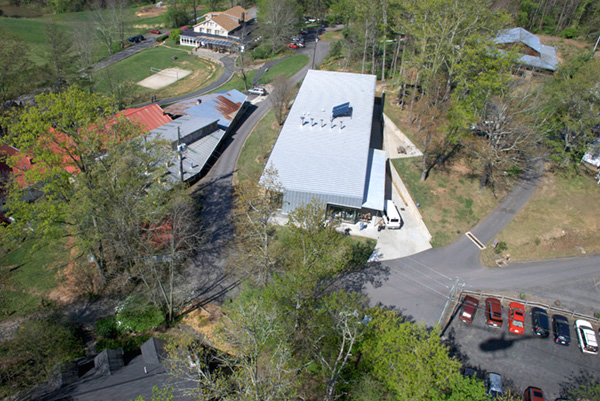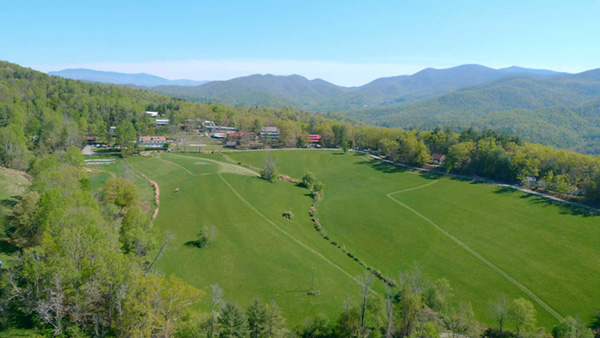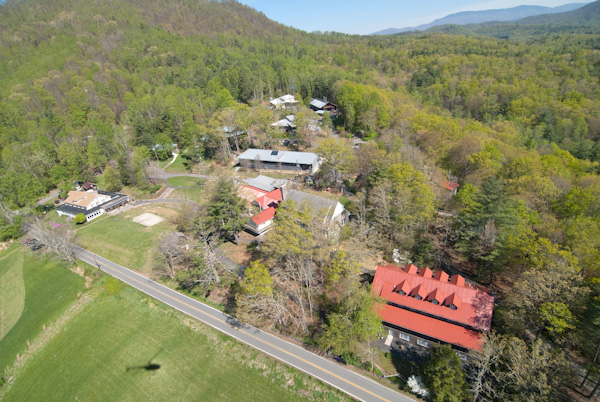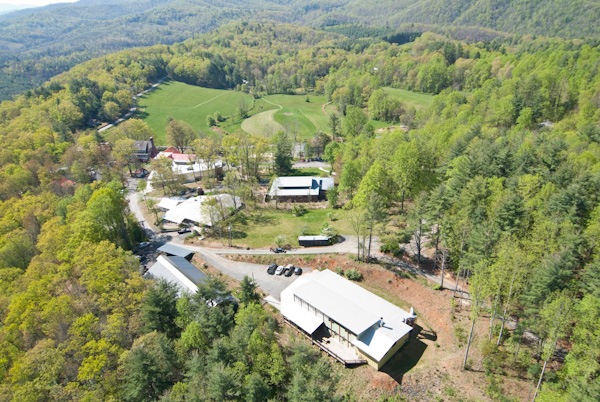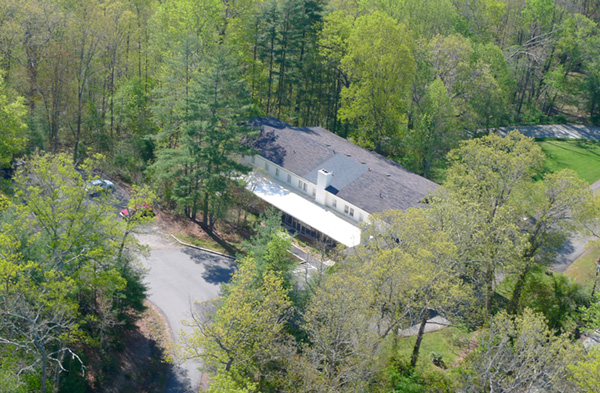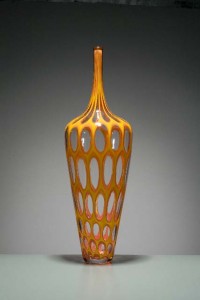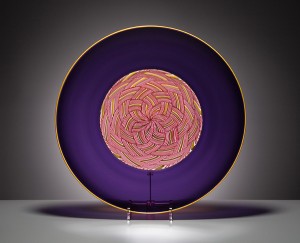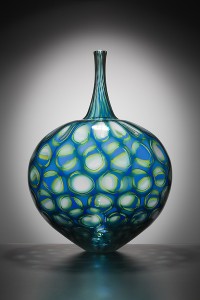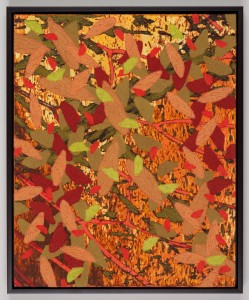
Sondra is a full time studio fiber artist who received her MFA from the University of Washington in 1996. She has been involved with Penland School as a work-study student in 1991, a Core Fellowship student from 1992 to 1994, and a Resident Artist from 1997 to 2001. She has also generously donated her artwork to our annual fundraising auction many times since her days in the residency program.
Sondra deftly joins digital technology and traditional fiber techniques to create works that showcase her love of color and pattern. Poke berries, cicadas, mica, maple leaves, wild leeks, ferns, and protozoa all have been translated by Sondra via her computer and onto her cloth. Add some seriously detailed hand and machine stitching and the end result is a textile painting, with multiple layers of texture and intense organic color. We have been showing Sondra’s work for nearly 10 years in the gallery and although her work has altered and grown over the years – collectively the work beautifully represents her viewpoint and voice through her textiles.
About Sondra
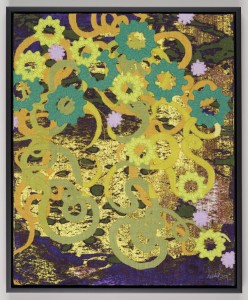
I knew I wanted to be an artist when I was young, but the first time I decided to plunge myself full-tilt into this career didn’t come until 1991. It was the first time I ever went to Penland as a work-study student and my instructor, Randall Darwall, an amazing weaver and teacher, read our class a quote from Joseph Campbell, “Follow your bliss and the universe will open doors where there were only walls.”
I think that really was the moment I saw that there might be a way to make my art my life’s work. I have tried to stay true to this path through many ups and downs. My work has always been the lens through which I view the world.
I love color and pattern and I see it everywhere. I love to find common objects and examine them until I find the compositions and patterns and colors within that may not be apparent on first glance. These discoveries are the backbone of my current work.
I now live in Asheville, North Carolina with my cat and surrounded by amazing creative energy and the beautiful Blue Ridge Mountains.
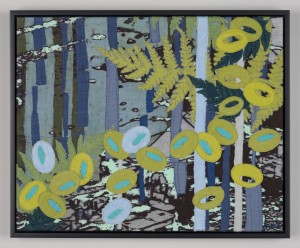
About the Work
I create my work by bringing together my love of textiles and traditional techniques with my fascination in new technologies. The images are derived from actual objects scanned into the computer, manipulated and enhanced. This is then digitally printed with dyes on 100% linen fabric. I then embellish my piece with hand embroidery, free motion machine embroidery and appliqué of hand dyed linen.
I love the twining of disparate images and approaches, some rooted in the craft tradition of textiles and others based on contemporary technologies. Instead of seeing these objects, images, colors and processes as completely unlike, I wonder and seek their sameness in how they speak to me and to each other.


